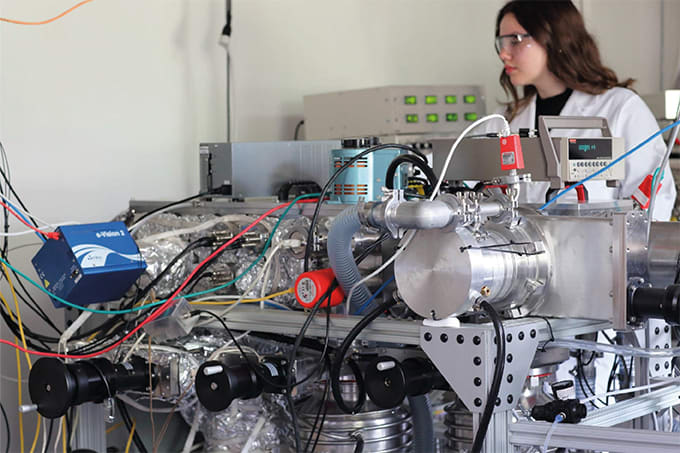The major assumption in the quantification of data from a dried blood spot is that the blood is uniformly absorbed throughout the body of the spot on the paper. Furthermore, it had been assumed that all blood samples had the same absorption characteristics for cards of the same material. If this were true, then the removal of a fixed diameter disk from a blood spot would remove a fixed volume of blood to enable drug levels to be reproducibly quantified. Unfortunately, the size of the spot produced is controlled by the haematocrit level (or erythrocyte volume fraction) in the blood, which can vary quite considerably – especially for newborns. As the haematocrit level increases, the same volume of blood takes up less space, meaning that the disk sample contains more blood and a subsequent bias in the level of drug detected.
There are several possible solutions:
- Measure the initial volume of the blood sample before it is placed on the card and then analyse the entire spot in the laboratory. This does, however, negate one of the basic attributes of the sampling system – the ease of sample collection.
- Match the haematocrit levels in the calibration samples to patient samples. Clearly for routine processing of many patient samples this approach would be far from ideal.
- Develop sampling matrices that mitigate or eliminate the haematocrit effect.
It is good analytical practice, where a multistage process is used, to add a known amount of an internal standard (IS) to the original sample to indicate any quantitative changes resulting from subsequent analysis. This fact raises two important questions for users of DBS analysis: At what point should the internal standard (IS) be introduced into the sample? And what exactly should be used as the IS? The IS signal, resulting from the known level added, acts as a reference for the other species monitored. Therefore, the IS should ideally be added to the blood spot sample before it dries on the paper, which is not a viable option; several alternatives have been considered. The most common option is to add the IS to the extraction solvent used to remove the analyte from the dried blood. In this case, the IS is not incorporated into the blood during the drying process and therefore the extraction conditions are not duplicated. Pre-treating the card with the IS prior to sample collection or spraying the card with the IS solution after the blood spot has dried are other alternatives. The pre-treated card appears to offer the closest to ideal as the blood absorbs some of the IS before clotting is complete, which should lead to more characteristic extraction conditions. Ideally the IS should be as similar to the analyte as possible and the use of stable isotopic variants has become common. This approach ensures that the separation processes are identical, even up to the point where both analyte and IS enter the MS ion source at the same time. It is here where problems may occur. Excess levels of the IS may affect the ionisation process in the electrospray source to give a reduced signal for the analyte compared with other species that may be recorded in the same run. To reduce this impact, either a low level of the isotopically modified IS can be used or a similar compound with a different elution time can be chosen as the IS, but there is still much discussion and debate concerning the best way forward. For the immediate future, the above challenges are such that regulatory authorities are still demanding data from whole blood or plasma studies to validate DBS results. And certainly, until regulatory acceptance endorses the validity of this form of sampling, there will be continued reluctance from some bioanalytical scientists to accept it as a suitable method for quantitative determinations.
Please read the other articles in this series:
Spot On
Dried Blood Spot 101
Principal Drivers for DBS Research




